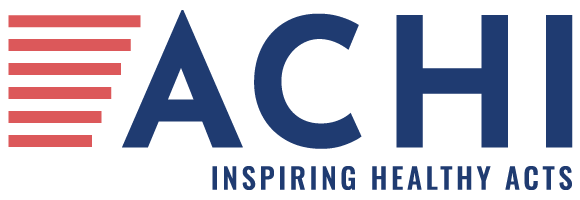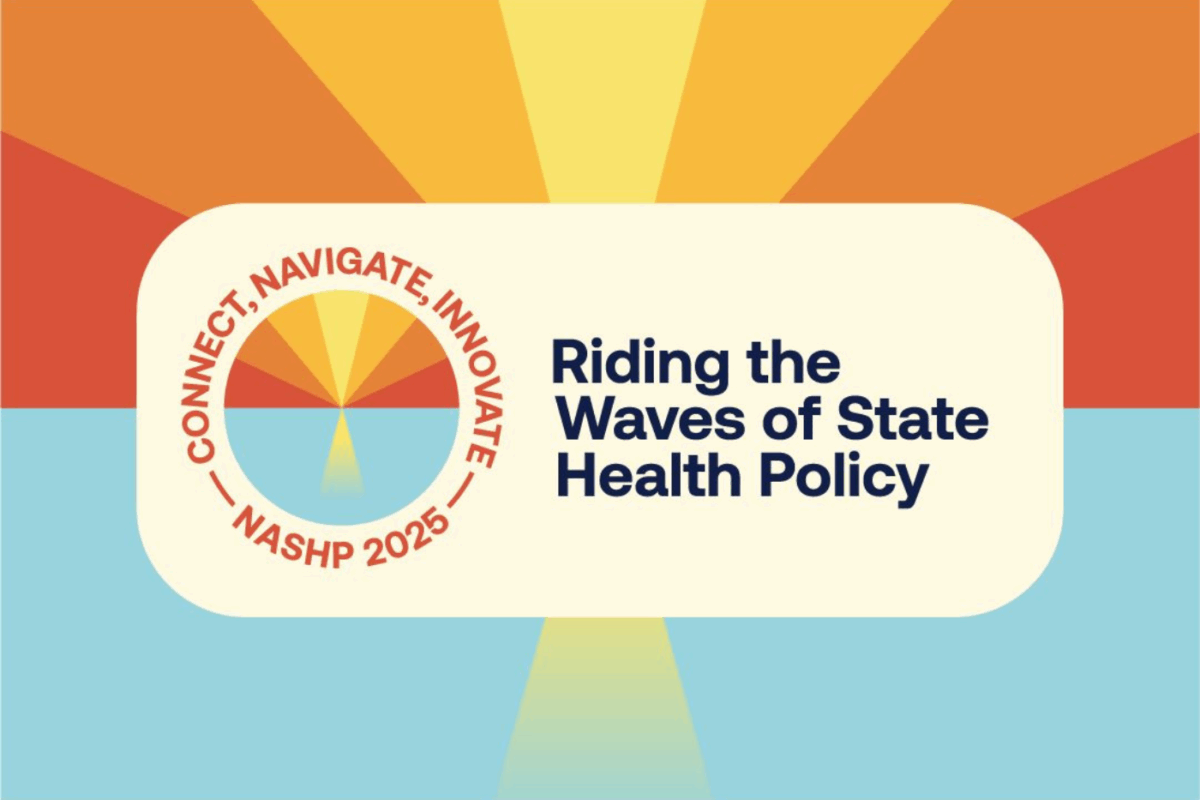
Author
Elizabeth (Izzy) Montgomery, MPA
Policy Analyst
Contact
ACHI Communications
501-526-2244
jlyon@achi.net
Several Arkansas initiatives are highlighted in a new issue brief identifying policy options states can use to strengthen access to high-quality primary care.
“Implementing High-Quality Primary Care: A Policy Menu for States,” released September 2 by the Milbank Memorial Fund and the National Academy for State Health Policy (NASHP), identifies five priority areas for states to consider in improving their primary care efforts:
- Make and keep primary care a top policy priority.
- Pay primary care more and differently.
- Make it easier for people to access their primary care clinician.
- Expand and support the current and future primary care workforce.
- Build provider capacity to provide patient-centered, whole-person care.
One way to make primary care a top priority, according to the brief, is to create a workgroup or forum for collaboration across partners. As an example, the authors point to the Arkansas Primary Care Payment Improvement Working Group, created under Arkansas Act 483 of 2025. The law calls for state officials, primary care providers, and payer representatives to come together to evaluate current spending on primary care compared to other healthcare services, assess the adequacy of the primary care delivery system, and develop primary care spending targets for Medicaid and commercial insurers. The law requires the working group to submit a report containing findings and recommendations to the Arkansas Legislative Council by April 1, 2026.
The brief also identifies several ways to make it easier for people to access primary care, including through telehealth. The authors cite as an example the Arkansas Center for Telehealth, housed at the University of Arkansas for Medical Sciences, which works to expand broadband-enabled telehealth services by assessing what training and services are needed, particularly in rural communities, and providing technology training and infrastructure support.
In a discussion of ways to expand and support the primary care workforce, the authors note that Arkansas has used claims data collected under the Arkansas Healthcare Transparency Initiative’s All-Payer Claims Database to analyze the state’s primary care workforce. ACHI released a report profiling Arkansas’s primary care workforce in 2023, and we have since released an interactive dashboard that includes more recent data. The dashboard provides visualizations at the state, county, and regional levels and includes information on physician demographics, activity status (full-time, part-time), payer mix, and subspecialties such as family medicine, internal medicine, general practice, pediatrics, and geriatrics.
Finally, the state’s health information exchange — the Arkansas State Health Alliance for Records Exchange (SHARE) — is cited in the brief as an example of a way to build provider capacity to provide patient-centered, whole-person care. SHARE allows participating providers to access and securely exchange patient information in real time.
While Arkansas has taken key steps to prioritize primary care, challenges remain. ACHI’s workforce analysis found that as of 2020, more than a quarter of the state’s full-time primary care physicians were 60 or older, suggesting that many are nearing retirement age. Additionally, younger physicians were more likely to practice on a part-time basis, with many seeing patients fewer than 150 days per year. These findings highlight the importance of strengthening and expanding Arkansas’s primary care workforce — possibly through other policy options discussed in the Milbank-NASHP issue brief, such as implementing regulatory oversight of provider consolidation and assessing the impacts of consolidation on primary care access — to ensure long-term sustainability.






